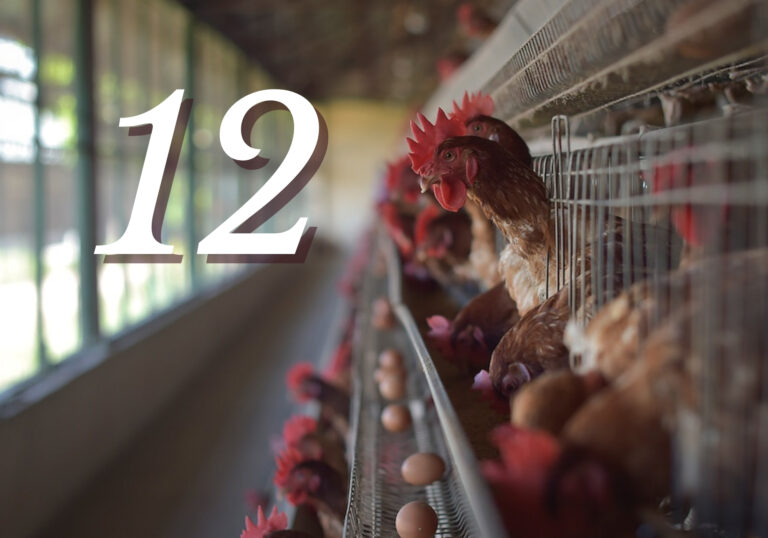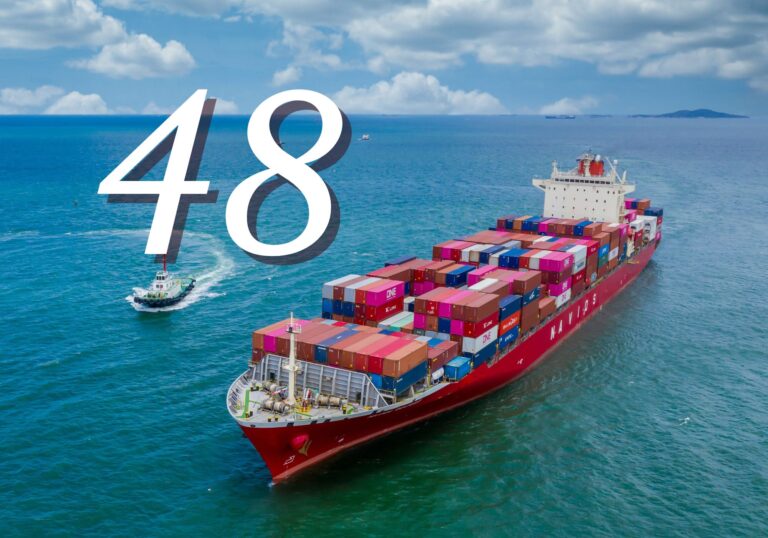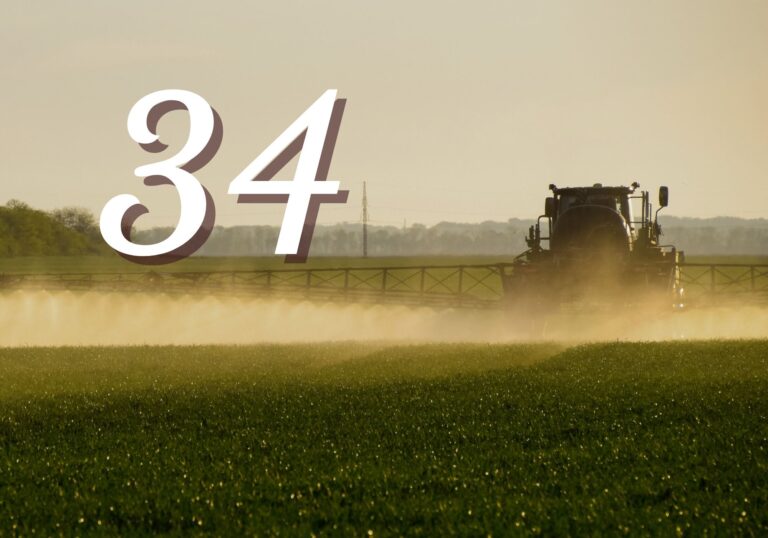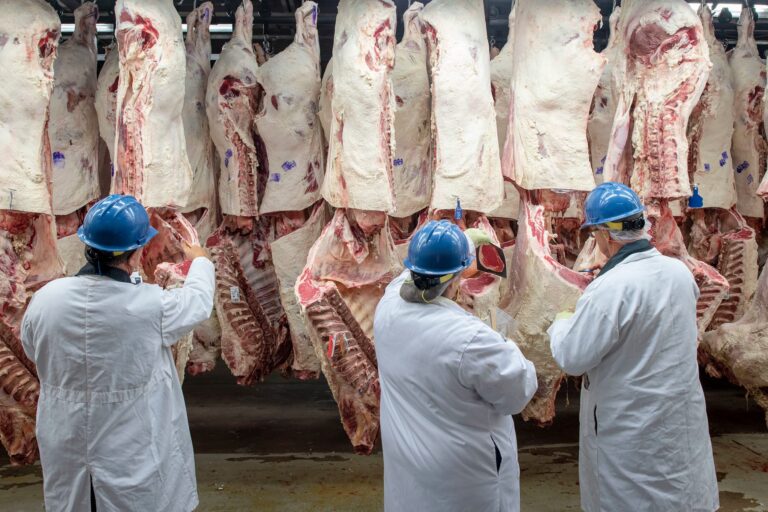Eminent Domain
Across the United States, farmlands are being taken for privately-owned infrastructure projects through the use of ’eminent domain’ — which until 2005 limited the use of eminent domain to property seizure for public use.
Eminent domain is the legal process that allows the government to forcibly take private property for public use, as long as it compensates at the “market value,” but how that value is decided is also up to the government.
However, according to Successful Farming, “The definition of “public use” expanded in 2005, when the U.S. Supreme Court decided in Kelo v. New London that eminent domain could be used for private projects that would foster a community’s economic benefit.”
Charlie Rankin, host of the popular ranching channel Yanasa TV, points to the loss of 21,000 ranches across the United States in the last five years — drawing connections between policy shifts geared towards seizing farmlands and the loss of these ranches.
However, the main focus of his video, “They’re Taking Everything From Us,” captures the sentiment of America’s farmers facing land seizures today due to the abuse of eminent domain laws.
In addition, affected farmers are typically only compensated for market value of the land taken, not for relocating wells, irrigation, barns, lost future profits or business impacts, meaning losses extend far beyond the physical acres taken.
This leaves many farmers having to take out significant loans to relocate wells, crops, and access points to their own property.
More concerning, Rankin notes that state governments across the United States have begun granting private corporations the ability to use eminent domain, justified as being for the “public good.” Recent examples stretch this definition with farmers, ranchers and rural landowners arguing that eminent domain abuses are allowing private developers and corporations to seize lands.
After the 2005 Kelo decision, 47 states have tried to limit the abuse of eminent domain through legislation, state constitutional amendments and state supreme court rulings. Some of these efforts have been effective, but many have not. Despite these efforts, the use of eminent domain is on the rise, according to USA Housing Information.
Without further intervention from Congress and the states to protect private property rights, advocates, like Charlie Rankin warn that America’s agricultural lands will continue to dwindle—placing the nation’s food security at risk.
Learn More Here
https://ij.org/issues/private-property/eminent-domain
https://www.agriculture.com/what-farmers-should-know-about-eminent-domain-8737461






